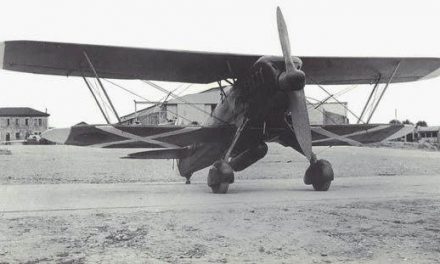The Bristol Blenheim is a British light bomber aircraft designed and built by the Bristol Aeroplane Company (Bristol) which was used extensively in the first two years and in some cases throughout the Second World War. The aircraft was developed as Type 142, a civil airliner, in response to a challenge from Lord Rothermere to produce the fastest commercial aircraft in Europe. The Type 142 first flew in April 1935, and the Air Ministry, impressed by its performance, ordered a modified design as the Type 142M for the Royal Air Force (RAF) as a bomber. Deliveries of the newly named Blenheim to RAF squadrons commenced on 10 March 1937.
A development of the Type 142M was the Type 149 which Bristol named the Bolingbroke, retrospectively changed by the Air Ministry to Blenheim Mk IV and the Type 142M to the Blenheim Mk I. Fairchild Canada built the Type 149 under licence as the Bolingbroke. Blenheims Mk I and the Mk IV were adapted as fighters by the addition of a gun pack of four Browning .303 machine guns in the bomb bay. The Mk IV was used as a long range fighter and as a maritime patrol aircraft; both aircraft were used a bomber/gunnery trainers.
The Blenheim was one of the first British aircraft with an all-metal stressed-skin construction, retractable landing gear, flaps, a powered gun turret and variable-pitch propellers. The Mk I was faster than most fighters in the late 1930s but the advance in development of monoplane fighters made all bombers more vulnerable particularly if flown in daylight, though it proved successful as a night fighter. The Blenheim was effective as a bomber but many were shot down. Both Blenheim types were used by overseas operators, being licence built in Yugoslavia and Finland.
Read more at: https://en.m.wikipedia.org/wiki/Bristol_Blenheim




Recent Comments